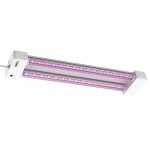The Science of Sleep: Discovering the Best LED Light Color for a Good Night’s Rest

A good night’s sleep is essential for our overall well-being, yet many of us struggle to get the recommended 7-9 hours of rest each night. While there are many factors that can impact the quality of our sleep, the type of light we expose ourselves to before bed can have a significant effect on our ability to fall asleep and stay asleep. Recent studies have shown that certain colors of LED light can improve the quality of our sleep, while others can have a detrimental effect. By understanding the science of sleep and the impact of LED light on our circadian rhythms, we can discover the best LED light color for a good night’s rest. The science of sleep is a complex and fascinating field, with researchers exploring everything from the impact of diet and exercise on our ability to sleep, to the effects of technology on our sleep patterns. One area of particular interest in recent years has been the impact of light on our sleep, and the role that LED light in particular can play in improving or disrupting our circadian rhythms. As we learn more about the science of sleep, we are discovering that the color temperature of the light we expose ourselves to before bed can have a significant impact on our ability to fall asleep and stay asleep, and that by choosing the right LED light color, we can improve the quality of our sleep and wake up feeling refreshed and rejuvenated.
Sleep is a crucial aspect of a healthy lifestyle. It plays a vital role in the body’s repair and restoration processes, including the consolidation of memories, regulation of metabolism and immune system, and the release of growth hormones. Lack of sleep can lead to various health issues, including weight gain, depression, anxiety, and a weakened immune system. Moreover, sleep deprivation can cause cognitive impairment, leading to a decreased ability to concentrate, perform tasks, and make decisions. It is essential to get quality sleep each night to function at optimal levels during the day. Therefore, understanding the science of sleep and discovering the best LED light color for a good night’s rest can have a positive impact on overall health and well-being.
Light has a significant impact on our sleep, as exposure to certain types of light can disrupt our natural sleep-wake cycle. In particular, blue light has been shown to suppress the production of melatonin, a hormone that regulates sleep, making it harder to fall asleep and stay asleep. This is especially true with the growing use of electronic devices such as smartphones and tablets, which emit high levels of blue light. On the other hand, warmer colors such as yellow, orange, or red are less disruptive to our sleep patterns, as they do not suppress melatonin production to the same extent. Finding the right balance of light exposure and color temperature is crucial for getting a good night’s rest and promoting overall health and well-being.
Light Emitting Diodes or LED lights work by the movement of electrons within a semiconductor material that produces light. When an electric current passes through the diode, it excites the electrons, causing them to release energy in the form of photons. The color of the light produced by an LED depends on the type of semiconductor material used, as each material produces a specific wavelength of light. In the context of sleep, blue LED lights are known to disrupt sleep patterns as they suppress the production of melatonin, a hormone that regulates the sleep-wake cycle. On the other hand, warm-colored LED lights, such as yellow, orange, and red, promote relaxation and support healthy sleep patterns.
The Role of Light in Sleep
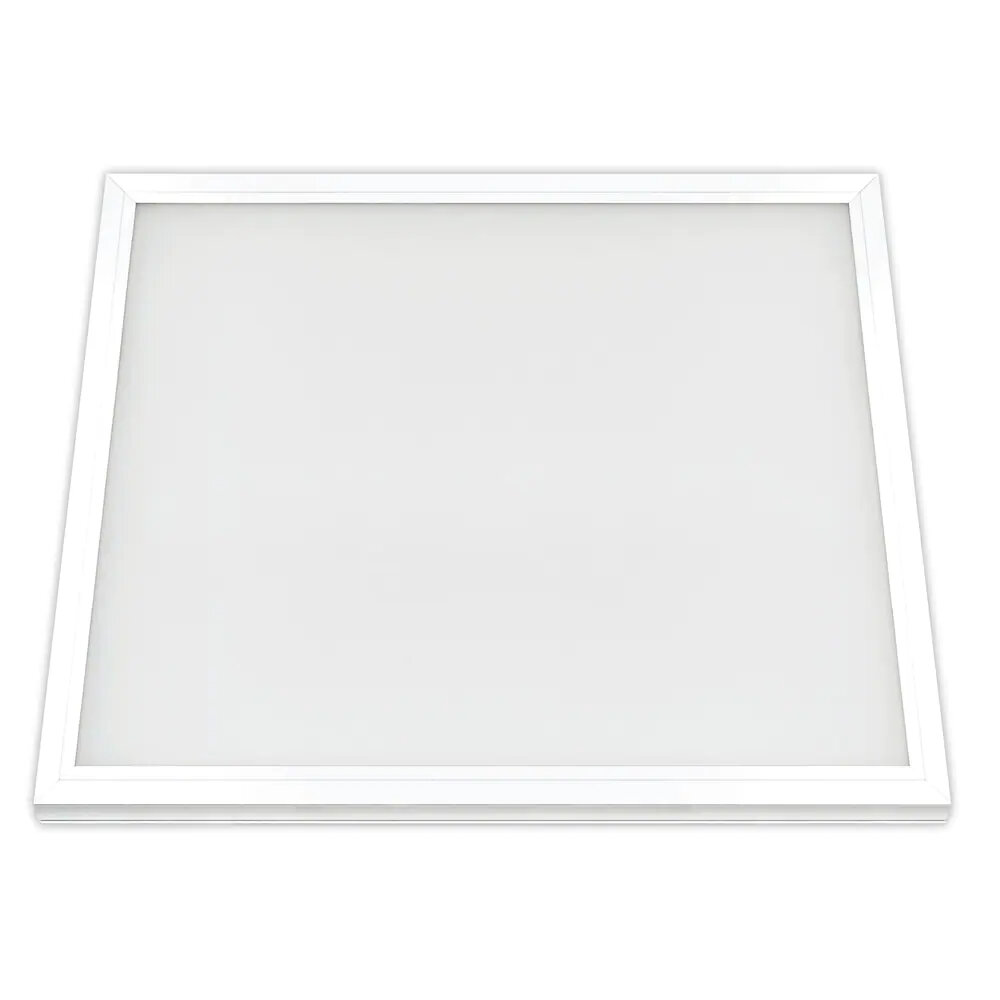
Light plays a crucial role in regulating our sleep cycles. The presence or absence of light can signal our brain to either produce or suppress melatonin, a hormone that regulates our sleep-wake cycles. When we are exposed to light, our body produces less melatonin, which can make it difficult to fall asleep. On the other hand, when it is dark, our body produces more melatonin, which can make us feel sleepy. This is why it is important to create a sleep-friendly environment by minimizing exposure to light in the evening, especially blue light from electronic devices, and maximizing exposure to natural light during the day. The color of light also plays a key role in our sleep quality. Blue light has been shown to have the strongest impact on suppressing melatonin production, which can interfere with our ability to fall asleep and stay asleep. This is particularly problematic in the age of smartphones and tablets, as the blue light emitted by these devices can trick our brains into thinking it is still daytime. In contrast, warmer colors such as red, orange, and yellow have been found to have a less disruptive effect on our sleep cycles. By choosing the right LED light color for our bedroom and minimizing exposure to blue light in the evening, we can improve our sleep quality and wake up feeling more rested and refreshed.
The circadian rhythm is the internal biological clock that regulates various physiological processes, including the sleep-wake cycle. It is controlled by a group of cells in the hypothalamus called the suprachiasmatic nucleus (SCN), which responds to light and darkness cues. The SCN sends signals to various parts of the brain and body to promote wakefulness during the day and sleepiness at night. When the circadian rhythm is disrupted, such as by exposure to blue light from electronic devices at night, it can lead to difficulty falling asleep, staying asleep, and feeling rested. Therefore, it is important to maintain a regular sleep-wake schedule and limit exposure to blue light in the evening to promote a healthy circadian rhythm and improve sleep quality.
The circadian rhythm is a natural biological process that regulates the sleep-wake cycle in humans. This rhythmic cycle is influenced by a variety of factors, with light being one of the most significant. Exposure to light, particularly blue light, suppresses the production of melatonin, a hormone that helps regulate sleep. This disruption in the circadian rhythm can lead to poor sleep quality, daytime fatigue, and a range of health problems. Research suggests that using LED lights with a warmer color temperature, such as amber or orange, can minimize the negative impact of light on the circadian rhythm, improving the overall quality of sleep.
The impact of light on sleep quality has been a topic of investigation for many years. Research has shown that different wavelengths of light can have varying effects on our circadian rhythms and sleep patterns. Blue light, with wavelengths of around 480 nanometers, has been found to suppress melatonin production and delay the onset of sleep. Red light, on the other hand, with wavelengths of around 620 nanometers, has been shown to have less of an impact on melatonin levels and may be less disruptive to sleep. Additionally, lighting with warmer tones, such as those with a color temperature of around 2700K, can help promote relaxation and a more restful sleep. As such, choosing the right LED light color is crucial for a good night’s rest, and understanding the effects of different wavelengths of light can help individuals make more informed decisions about their lighting choices.
LED Light Colors and Their Effects on Sleep
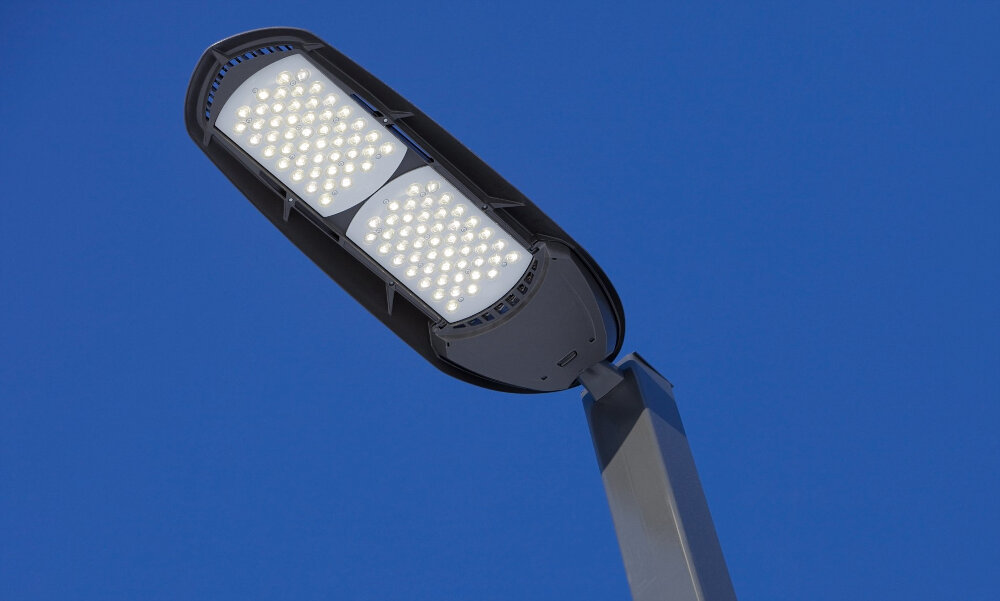
The color of light can have a significant impact on our sleep quality. LEDs, or light-emitting diodes, are a popular lighting option that comes in a range of colors. Exposure to certain colors of LED light can negatively affect our circadian rhythm, resulting in poor sleep quality. Blue light, in particular, has been found to suppress melatonin production, the hormone that regulates our sleep-wake cycle. Blue light is commonly found in electronic devices, such as smartphones and laptops, and can disrupt our sleep if used before bedtime. Red and amber LED lights, on the other hand, have been found to have a calming effect and can promote relaxation before sleep. In addition to the color of LED light, its intensity can also affect our sleep. Bright, high-intensity LED light can be stimulating and make it difficult to fall asleep. Dim, low-intensity LED light, on the other hand, can promote relaxation and make it easier to fall asleep. This is why many people choose to use night lights with warm, dim LED bulbs in their bedrooms. It’s important to consider both the color and intensity of LED light when selecting lighting options for the bedroom to promote a good night’s rest.
LED lights come in a variety of colors, each color emitting a different wavelength of light. Blue LED lights emit shorter wavelengths of light, which suppresses the production of melatonin, a hormone responsible for regulating sleep. This makes blue light the least optimal color for sleep. On the other hand, red, orange, and yellow LED lights emit longer wavelengths of light, which are less disruptive to the production of melatonin. These colors are better suited for creating a calming and relaxing environment, making them ideal for promoting sleep. Additionally, green LED lights have been found to have a similar effect to red, orange, and yellow lights, making them a viable alternative for those who prefer a slightly cooler color. Ultimately, choosing the right color of LED light can have a significant impact on the quality of one’s sleep, emphasizing the importance of selecting the appropriate color for a peaceful night’s rest.
The color of light we expose ourselves to can have a significant impact on our ability to fall asleep and the quality of our sleep. Blue light, typically emitted by electronic devices and LED lights, can suppress the production of melatonin, a hormone that regulates sleep, making it harder to fall asleep and disrupting our natural sleep cycle. Red light, on the other hand, has been found to promote relaxation and the production of melatonin, making it a better choice for bedtime lighting. Warm, yellow-toned light is also a good option as it mimics the dimming of natural sunlight and signals to our bodies that it’s time to wind down. Green light has been shown to improve sleep quality and help with sleep disorders, while white light can be too stimulating and keep us awake. Taking into account the effects of different colors of light on our sleep can help us create a more conducive environment for a restful night’s sleep.
Several studies have investigated the effects of different LED light colors on sleep quality. One study found that exposure to blue light, which is commonly emitted by electronic devices, can suppress melatonin production and delay the onset of sleep. In contrast, warm-colored light, such as amber or red, has been shown to promote relaxation and improve sleep quality. Another study found that green light may also have a positive impact on sleep, as it can reduce the amount of time it takes to fall asleep and increase overall sleep duration. Overall, these studies suggest that the color of LED light can have a significant impact on our sleep patterns and that choosing warm or green-colored lights may be beneficial for a good night’s rest.
Choosing the Right LED Light Color for Better Sleep
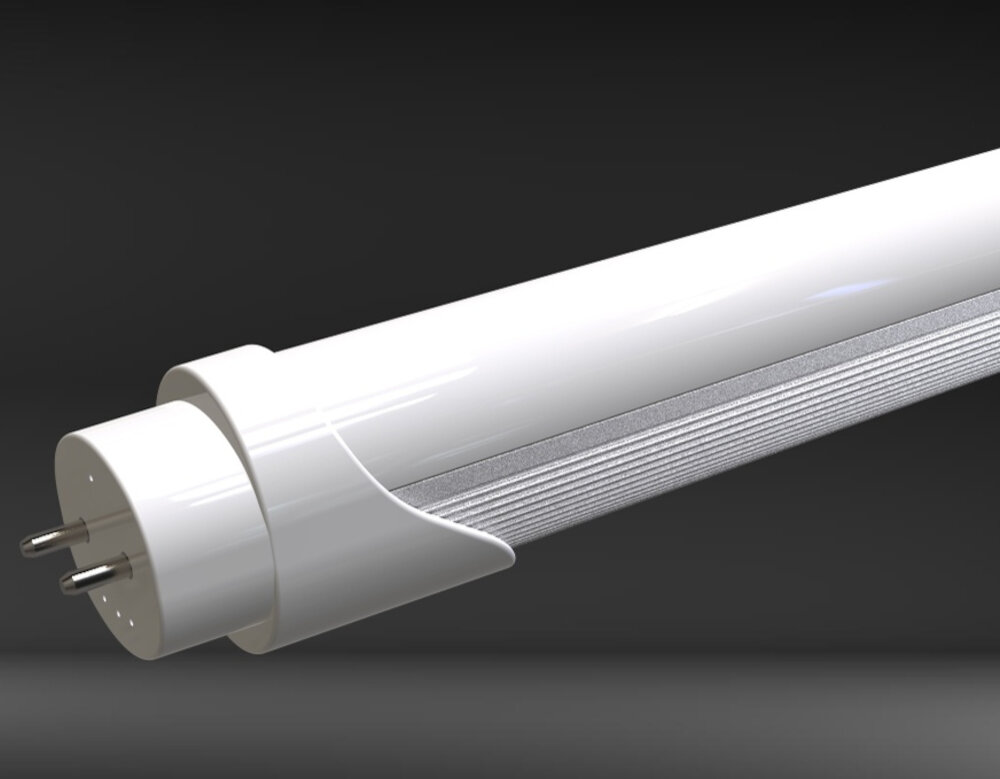
Choosing the right LED light color can significantly impact the quality of your sleep. Various studies have shown that exposure to blue light, which is commonly emitted by electronic devices and LED lights, can suppress the production of melatonin, the hormone responsible for regulating the sleep-wake cycle. This can lead to difficulty falling asleep, disrupted sleep, and daytime fatigue. Therefore, it is essential to choose LED lights with warm colors like red, orange, and yellow, which have longer wavelengths and can promote relaxation and better sleep. Additionally, the intensity of the light can also affect your sleep quality. Bright, harsh lights can cause headaches and eye strain, making it difficult to fall asleep. Therefore, it is recommended to use LED lights with dimming capabilities to adjust the brightness according to your preference. By choosing the right LED light color and brightness, you can create a relaxing and comfortable environment that promotes healthy sleep patterns and improves your overall well-being.
Choosing the right LED light color for your bedroom is crucial for a good night’s sleep. Blue light, for instance, can disrupt your circadian rhythm and keep you awake. On the other hand, warmer colors like red, orange, and yellow are known to promote relaxation and sleepiness. It’s also important to consider the brightness of the LED light. A light that’s too bright can overstimulate your brain and make it harder to fall asleep. Additionally, you may want to invest in LED lights that have dimming capabilities or adjustable color temperatures so you can customize the lighting to your preferences. Ultimately, finding the right LED light color for your bedroom can make a big difference in the quality of your sleep and overall well-being.
To support healthy sleep patterns, it is important to adjust LED light color throughout the day. During the day, blue-enriched light can help increase alertness and productivity, which is why it is commonly used in work environments. However, as the day progresses and evening approaches, the use of blue light should be minimized as it can interfere with the body’s natural production of melatonin, a hormone that regulates sleep. Instead, warmer and dimmer LED light color should be used to promote relaxation and prepare the body for sleep. By adjusting LED light color throughout the day, we can improve the quality of our sleep and promote overall health and well-being.
When selecting LED lights for better sleep, there are several factors to consider beyond just color temperature. The brightness level of the light is crucial, as exposure to bright light before bed can disrupt the circadian rhythm and make it harder to fall asleep. Additionally, the type of LED bulb used can impact the quality of sleep. LED lights that emit blue light, which is highly disruptive to sleep, should be avoided. Instead, bulbs that emit red or orange light are recommended as they promote relaxation and melatonin production. Finally, the placement and direction of the LED lights in the bedroom should also be considered, as any direct light shining into the eyes can interfere with the sleep cycle. Taking these factors into account can lead to a more restful and rejuvenating night’s sleep.
Other Tips for Improving Sleep

In addition to using the right LED light color, there are several other tips that can help improve the quality of your sleep. Firstly, it is important to establish a consistent sleep routine. Going to bed and waking up at the same time every day can help regulate your body’s internal clock, making it easier to fall asleep at night and wake up in the morning. Additionally, creating a relaxing bedtime routine can help signal to your body that it is time to wind down and prepare for sleep. This could include activities such as taking a warm bath, reading a book, or practicing meditation or deep breathing exercises. Another important factor in improving sleep is creating a comfortable sleep environment. This includes keeping the room cool, quiet, and dark. Investing in a comfortable mattress and pillows, and choosing breathable bedding materials can also help promote a more restful night’s sleep. Finally, it is important to avoid consuming caffeine, alcohol, or nicotine close to bedtime, as these substances can interfere with sleep quality. By incorporating these tips into your sleep routine, you can create an optimal sleep environment that promotes healthy and restful sleep.
In addition to using LED lights with warmer color temperatures at night, there are several other strategies that can be implemented to improve sleep. Creating a relaxing bedtime routine, such as taking a warm bath or practicing meditation, can help signal to the body that it is time to wind down. Avoiding caffeine and alcohol before bedtime can also improve sleep quality. Keeping the bedroom cool and quiet, investing in comfortable bedding and pillows, and establishing a consistent sleep schedule can also contribute to better sleep hygiene. Additionally, incorporating regular exercise into one’s daily routine can promote restful sleep by reducing stress and anxiety. By combining these strategies with the use of LED lights with warmer color temperatures, individuals can create an optimal sleep environment to promote a good night’s rest.
A consistent sleep schedule is crucial for maintaining a healthy sleep pattern. Going to bed and waking up at the same time each day helps regulate the body’s circadian rhythm, ensuring a more restful and restorative sleep. Avoiding screens before bedtime is also essential as the blue light emitted by electronic devices can interfere with the production of melatonin, a hormone that regulates sleep. Creating a relaxing sleep environment is also vital as it helps promote a peaceful and calming atmosphere that encourages deep sleep. Factors such as temperature, lighting, and noise levels can all impact the quality of sleep. By optimizing these environmental factors, individuals can improve the chances of getting a good night’s rest and wake up feeling refreshed and rejuvenated.
The article \The Science of Sleep: Discovering the Best LED Light Color for a Good Night’s Rest\ focuses on how the color of LED lights can affect the quality of sleep. It highlights the importance of the circadian rhythm, which is the body’s internal clock that regulates sleep-wake cycles. Research has shown that blue light disrupts the circadian rhythm and suppresses the production of melatonin, a hormone that helps induce sleep. On the other hand, warmer colors such as red, orange, and yellow have been found to promote relaxation and improve sleep quality. The article also discusses the benefits of using smart lighting systems that can automatically adjust the color and intensity of light based on the time of day, helping to optimize the sleep environment. Overall, the key takeaway from this article is that choosing the right LED light color can have a significant impact on sleep quality and overall health.
In conclusion, choosing the right LED light color is crucial to improving the quality of our sleep. The blue light emitted by electronic devices and some LED lights has been shown to disrupt our natural sleep patterns, making it harder to fall asleep and stay asleep. By switching to warmer, more natural light colors, such as orange or yellow, we can create a more relaxing and comfortable sleep environment. Additionally, dimming the lights in the evening and avoiding bright screens before bed can also help signal our bodies that it’s time to wind down and prepare for sleep. By paying attention to the color and intensity of the light in our environment, we can optimize our sleep and wake up feeling refreshed and energized.
Conclusion
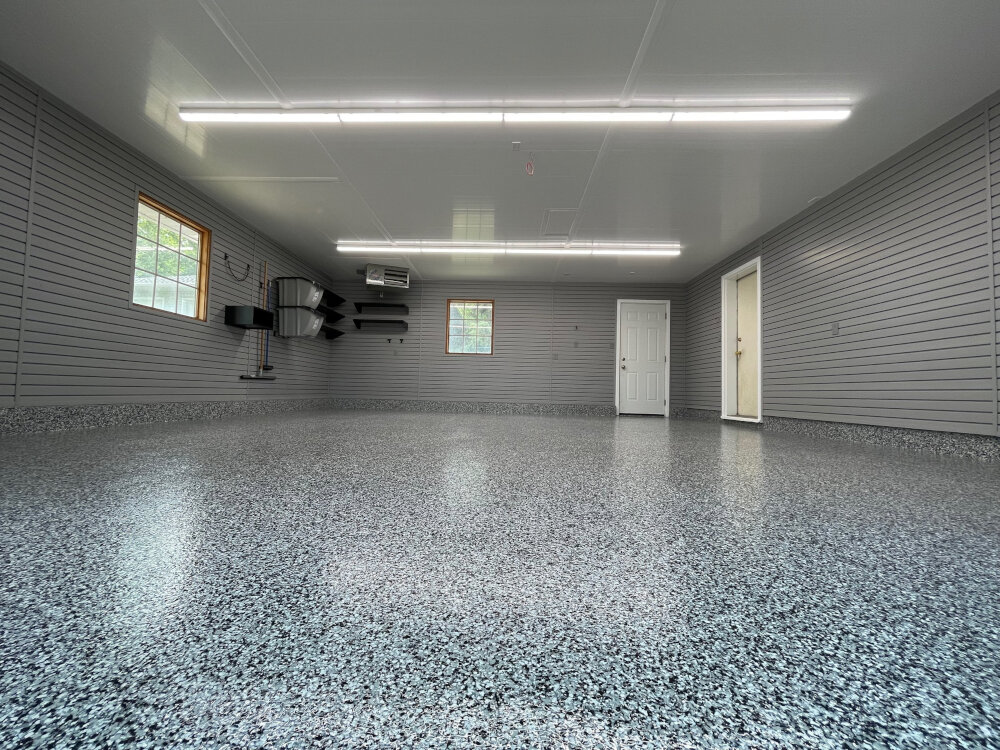
In conclusion, the science of sleep is a fascinating and essential area of study that continues to yield new insights into the factors that influence our rest and recovery. One of the most promising avenues of research in this field involves investigating the effects of different LED light colors on our sleep quality. From the evidence presented in this discussion, it is clear that certain colors, such as blue and green, can have a negative impact on our ability to fall asleep and stay asleep, while others, like red and amber, may actually promote better sleep. By taking advantage of these findings and adjusting our lighting habits accordingly, we can all take steps toward achieving a more restful and rejuvenating night’s rest.



